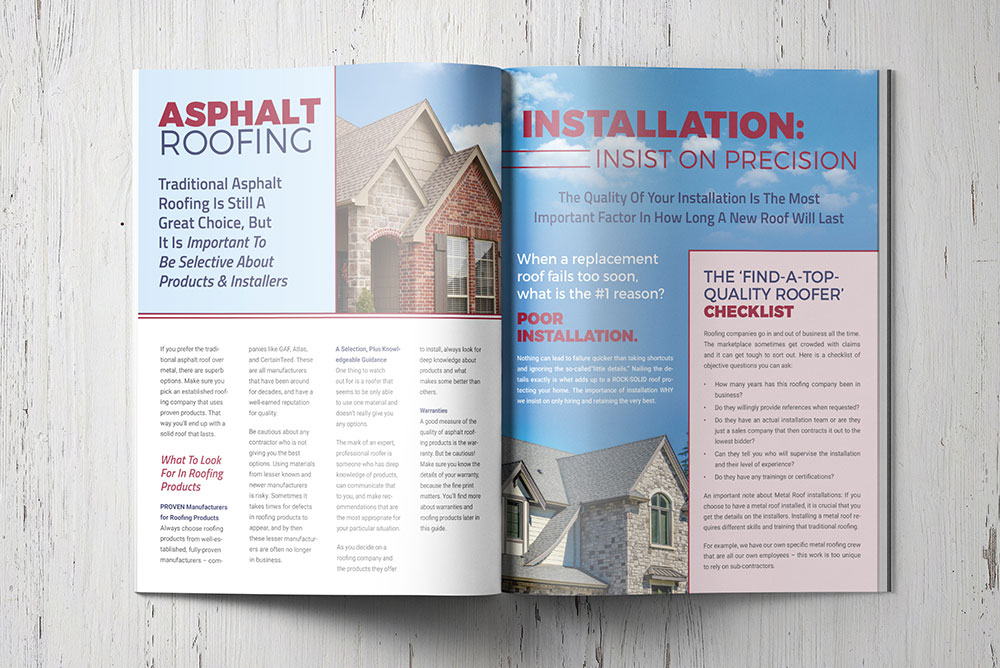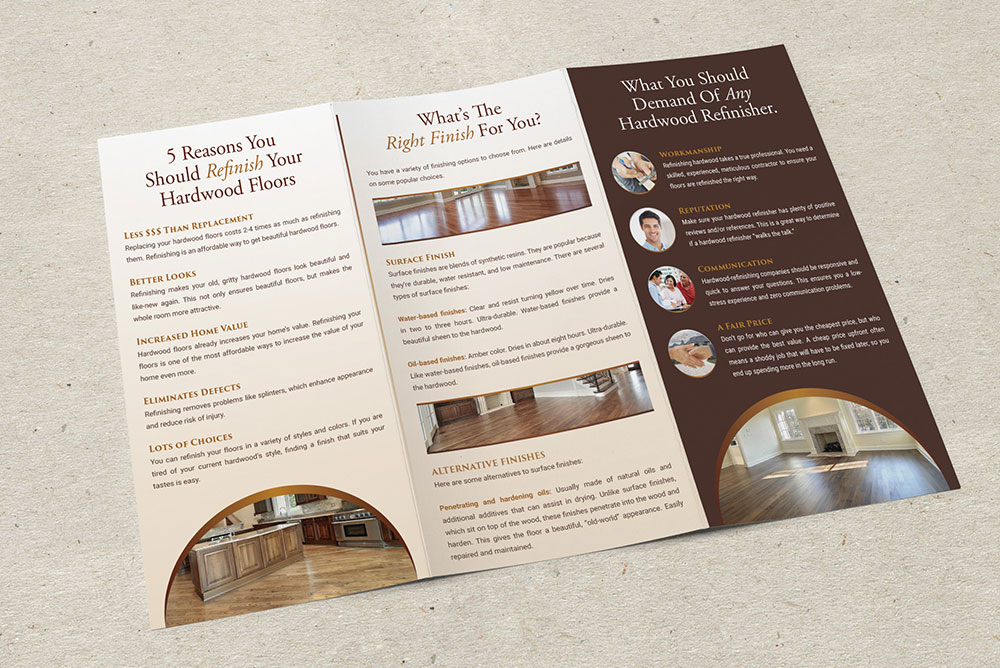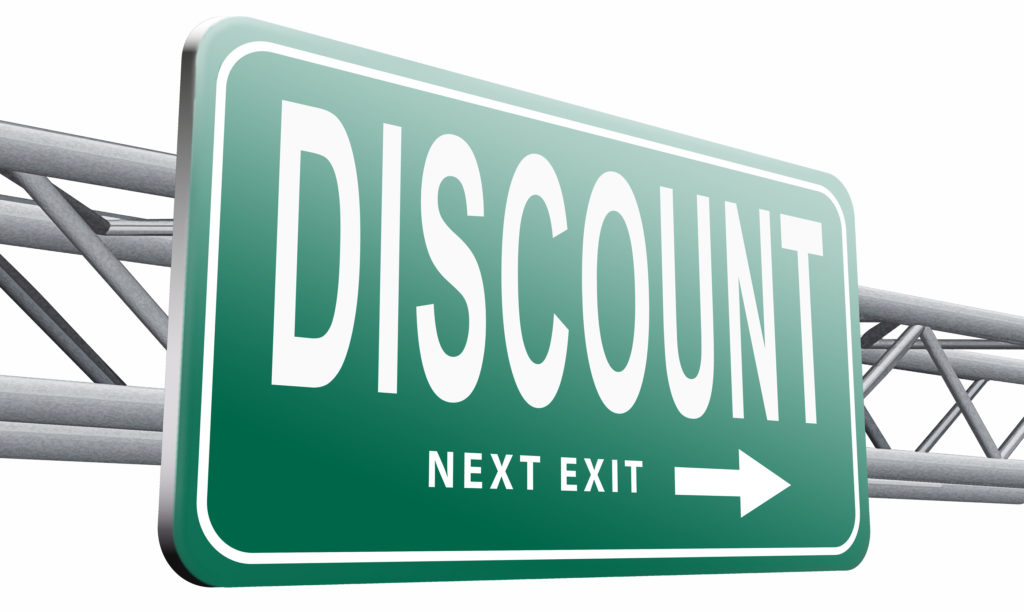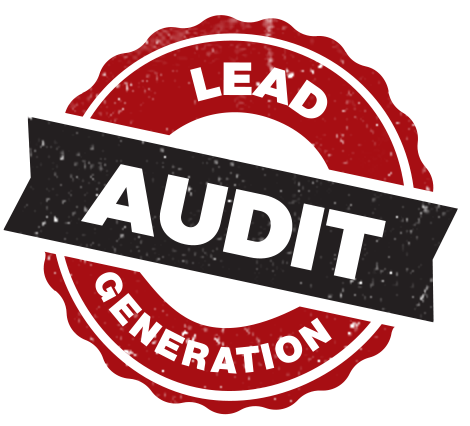Posted by Rich Harshaw on June 6, 2017.

Want to know the #1 reason contractors don’t close sales meetings?
Hint: It’s probably not what you’re thinking.
While “no money,” “needed more info,” and “bad timing” are all solid answers, they’re not the most common reason for sales meetings that end… well, without a sale.
Not. Even. Close.
The biggest reason people don’t buy during that initial meeting (which radically reduces the chance they’ll buy at all) is good old-fashioned sticker shock.

Yes, really. I’ll explain.
You are asking people for a lot more money than they were likely expecting you to. Though they may be able to afford it, the collision course of their flowery expectations with a (much) more expensive reality is enough to kill a sale.
Think about it…
Contractors sell a fairly expensive service that people don’t often buy. This means most homeowners don’t have a frame of reference for how much they should expect to pay. And when they don’t know, they tend to underestimate the cost.
So when you show up to sell to prospects, you have to cover a lot of ground to close that gap. This leads to frustratingly long sales cycles, sales meetings that stretch well beyond what they’re supposed to, and the prospect raising phantom objections (because they’re too scared to admit that, holy cow, this is more money than they were expecting!).
Here’s how you prevent sticker shock in your prospects and make closing ratios soar…
-
Utilize Pre-Positioning Materials
One of the best ways to quell sticker shock is to start building a case for the value of your services before you meet with the prospect.
You can do this by sending the prospect Pre-Positioning materials—informative sales materials and reports (printed work best, but PDF documents work in a pinch) that showcase a bit of your Identity while educating them on how to make good decisions for their home and project.
Two examples of Pre-Positioning materials we include provide our clients are the Contractor Standards Guide (a guide that helps homeowners choose the best contractor) and Product Reports (a brochure that provides specific info about a product you sell).
Contractor Standards Guide (Roofing Contractor)

Product Guide (Hardwood Floors)

The goal of Pre-Positioning materials is lay out all the main points you’d make during the sales meeting to win them over on price. The key here is that you’re setting expectations BEFORE dropping a price on them. And since it’s in writing—rather than coming from a salesperson’s mouth—it has more credibility and authority.
-
Confirmation Calls
The next step is to make sure your prospect has read the Pre-Positioning materials before your meeting. When you call to confirm the sales appointment, ask the prospect if he’s had to review the materials you sent. Let him know about the important information he’ll find in the report, and direct him to the most relevant parts.
Don’t just say, “Hey, read this because you have the wrong idea about price and I don’t want to battle you on it.” Instead, frame yourself as the prospect’s advocate and tell him that the Pre-Positioning report will educate him on the right questions to ask during your meeting (or any sales meeting, for that matter).
-
Let Prospects Go Price Shopping
If you’re not able to close the deal at the appointment, by all means, let your prospect shop the competition with the Pre-Positioning materials you’ve armed him with. It may seem counterproductive, but if you’re a quality company, you should never be afraid to let an educated prospect shop around.
Besides, he already knows you may cost more than your competitors. And since you gave him the materials he needs to see that low price also means low quality, low service, and low reliability, there is a fantastic chance he’ll come back to YOU.
If you want to increase closing ratios, boost your average sales amount, and eliminate sticker shock in your prospects, click here to learn more about MYM’s Pre-Positioning package.
Save
Posted by Rich Harshaw on March 8, 2017.

In my last post, I promised I would tell you how to raise your prices, even though you’re probably CHICKEN to do it.
I’ll actually get to that in my next post.
But first, I need to address some important questions I got from readers after my first couple of emails. Here they are:
• Why would I want to grow my business to $10MM? I make plenty of money now.
• I’ve been in business for 22 years and I’m only at $3 million—sounds like you’re selling magic beans.
• Nobody in this market does $10MM—I don’t think it’s even possible.
I already answered the reason WHY you would want to grow to $10MM in a previous post. The short recap is:
You can afford to do everything right in your business, and you have enough money to buy pretty much whatever you want.
How’s that for motivation?
But if you don’t want to run a $10MM company, that’s your business. Nobody’s putting a gun to your head to do so.
As for the “is it possible” question, it depends:
If you’re running a roofing company in Coffeyville, KS (shout-out to my 91-year old grandpa, population 10,295), you probably can’t do $10MM. There’s probably not $10MM total in the entire town including change in the couch cushions.
But if you run a remodeling company in any city of any size at all, it’s not only possible—it’s practically inevitable if you just follow the formula I gave you the other day:
1. Sell awesome stuff that people genuinely love.
2. Charge high prices.
3. Use TV advertising.
Think about it for a minute. How much business is there, IN TOTAL, in the city where you sell stuff?
If there are two companies doing $3MM, five companies doing $2MM each, and 100 smaller companies doing $15MM in combined sales, that’s $31MM.
You only need to capture a third of that.
Yes, if you take a full third of the sales in your market, other companies are going to suffer and go out of business.
But what do you care?
You’re already better than them, right? Good grief, if you don’t think so, why are you even reading this?
You already genuinely offer the best value in the marketplace (not price—VALUE), right?
Then it’s not a sack of magic beans. It’s just math.
The business is already being sold. Why not just sell most of it yourself?
Remember a few days ago, I told you about a company I helped take from $40MM in sales in 2011, to $130MM in sales last year?
Some of that growth came from spreading into new markets.
A lot of it came from OWNING the markets that they’re already in.
They have over 20% market share in 4 of the counties they service, including an astounding 37% market share in the county they’ve been in the longest.
And because they follow the 3-step formula (great products, high prices, TV advertising), they are the most expensive company in the area—by a long shot.
Don’t tell them it’s magic beans. It’s calculated; it’s systematic; it’s expected.

Do yourself a favor. Don’t let anyone else define you. You can do whatever you want. And if that includes growing your remodeling or home services company to $10MM in sales, then go for it.
I’ll teach you how to do it in my new seminar, “Make The Jump To $10 Million” being held in Dallas on April 26 & 27.
To find out more, click here.
Happy marketing!
P.S. Don’t worry, I promise to show you how to raise your prices even though you’re probably CHICKEN to do it in my next post.
Save
Save

Save
Save
Save
Save
Posted by Rich Harshaw on February 17, 2017.

Ever heard of “remainder advertising”?
If you haven’t heard the term, you probably know the concept.
Remainder advertising is unsold advertising space in newspapers, magazines, radios, and TV that you can buy for a discounted price.
It’s basically the “clearance” aisle at a department store. It’s the stuff no one wanted, so the seller marks it down because they figure it’s better to sell it at a discount than not at all.
In the past, clients have asked me whether it’s good business to buy remainder advertising.
My answer: It depends on your goals.
I’ll break down remainder advertising into its pros and cons, so you can judge for yourself whether it’s worth buying.
Cons Of Remainder Advertising
Let’s start with the bad.
When you buy remainder advertising, you have little to no control of when or where your ad runs, so you will not reach the same audience consistently. This makes remainder advertising a poor strategy if you’re looking to build a recognizable brand.
Remainder advertising can also be erratic. A station or publication could have two or three spots available one week, and zero spots the next three. It’s a crapshoot.
Pros Of Remainder Advertising
Besides the obvious advantage of saving money on ad space, remainder advertising can be a good direct response vehicle to generate immediate leads.
I’ll give you an example…
Back in 2003, we wanted to generate leads for a business opportunity and didn’t care when the leads came in.
We bought remainder advertising on the Rush Limbaugh show, which was broadcast on 530 radio stations.
The normal rate for a 60-second spot was $24,000, but we bought the show’s remainder advertising for $13,000 per spot. We saved 46% on ad space for one of the most popular radio shows in the country.
The show didn’t always have spots available; like I said, remainder advertising is erratic. But in this case, it served our business needs well because it produced an immediate ROI.
Bottom Line…
If you’re in “hunting” mode (i.e., direct response mode), remainder advertising is a good way to get leads right here, right now.
If, however, you’re a company doing $2 million or more per year that needs to build your brand, you have better avenues for doing so. You need to reach the same audience on a consistent basis to generate business for your company in the future. And you’re not going to do that if you’re randomly popping in and out of stations and publications.
So if you can’t decide whether to snatch up some unsold ad space, first determine your goals. That will give you your answer.
P.S. If buying media gives you a brain-splitting migraine, we can do it for you. We’ve bought over $100 million in radio, TV, and print media on behalf of our clients. We’ll meticulously research the market and individual stations/publications, and then negotiate rates that are among the best for those outlets. We can also create powerful, lead-generating ads for you. Find out more here.
Save















